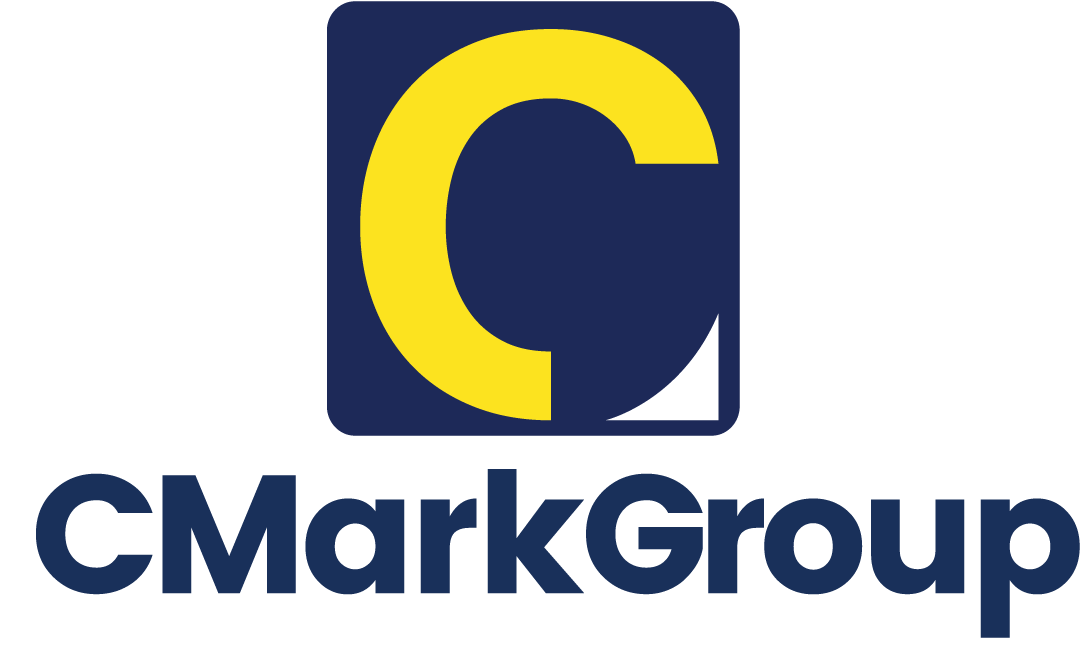Quick, How Do You Make Your Small Biz More Competitive?
- March 21, 2018
- Posted by: Nayte Carrick
- Category: Competitive research, Continuous Improvement

How do you make your small business competitive? One sure fire way is with the “secret” tools the Fortune 100 companies use, like Six Sigma and Kaizen.
Kaizen is defined as “a Japanese business philosophy of continuous improvement of working practices” and personal efficiency. The word literally means “improvement,” but has taken on a more important meaning in the world of business.
Large Japanese companies like Toyota have long touted the benefits of Kaizen, and it has slowly moved into the corporate culture at companies around the world. Now even small businesses take notice and try to apply the philosophy of continuous improvement to their business. No matter what size organization you are a part of, your team can almost certainly benefit from Kaizen. Here’s how:
Identify Major Business Processes
Start your quest for Kaizen by identifying major processes in your business. While Kaizen concepts are traditionally applied to manufacturing, every business has room for improvement. By identifying processes your business uses on a daily, weekly, or monthly basis, you can get started thinking about how to improve.
If you don’t have them already, this is a great time to put together process documentation for all parts of your business. It is dangerous for a business to rely on expertise that only one person has in their head. Getting your processes documented is good for continuity, and gives you an opportunity for the entire team to review procedures and look for opportunities for a better result, more efficient process, or a combination of the two. You may even find some old, antiquated processes that can be replaced or dropped completely, leading to big time and cost savings.
Empower Team Members to Make Improvements
Is your company’s workplace a safe place for employees who offer constructive criticism and ideas for improvement? If not, it’s time to make some changes to bring a Kaizen approach to the business. At a small business, it is vital that everyone feels empowered to bring new, exciting ideas to the boss.
Give your employees the freedom to fix issues they find. Encourage them to find creative solutions to make their work processes and assignments more efficient and effective. If they find them, they should share with the team. Celebrate even small wins to foster a culture of continuous improvement.
Foster a ‘Yes’ Culture With Win-Win Attitudes
Having worked within “no” cultures in the past, I know how frustrating it can be when someone tells you something is not possible, even when you have used the exact same technology at a similar job in the past. Killing a “no” culture is imperative for any business that wants to grow and succeed in the long-term.
At one company, every employee was given a copy of a short book about “yes” culture and the power of saying yes when asked for help. Even better, a “yes” culture is much more likely to embrace Kaizen, as the ideas of looking for improvements and helping others succeed go hand-in-hand.
Don’t Ignore the Details
Having used the Pareto Principle, or 80/20 rule, to dramatically improve my business, it is clear why searching for “low hanging fruit,” or opportunities to get the biggest results from the smallest amount of work, is a good strategy. Small business leaders should encourage workers to seek out those types of big wins where your company can get the biggest gains from the quickest efforts. However, that doesn’t mean you should ignore the small details.
The details can make or break a business. Industries ranging from manufacturing to software development can get big benefits from fixing small details. For example, a small change in a manufacturing process that cuts waste by 5% may translate to a 5% decrease in materials costs. Over time, 5% can add up to a big number.
In software development for SaaS (software as a solution) or app based products, small code changes could allow your app to run with less storage per user, less memory, or less processing power can lead to huge reductions in computing costs.
Make Continuous Improvement Part of Company Culture
In some organizations, improvement only comes a few times a year, if ever. Don’t limit improvement to when new processes need to be created. Don’t limit improvement to certain meetings and seasons. Make it a part of everyday work at your business.
Employees should be excited to come to work every day and know that if they find a better way to do their job, they are free to do it. They shouldn’t be afraid to implement change, they should be encouraged. Even small wins add up over time. Your employees may surprise you with huge gains that improve your bottom line and your employee’s work experience. When that happens, you’ve found a true win-win. That’s what Kaizen is all about.
—
For a no-cost initial discovery to see where Kaizen can work for you, DM me on LinkedIn or send me an email: info@CMarkGroup.com.
